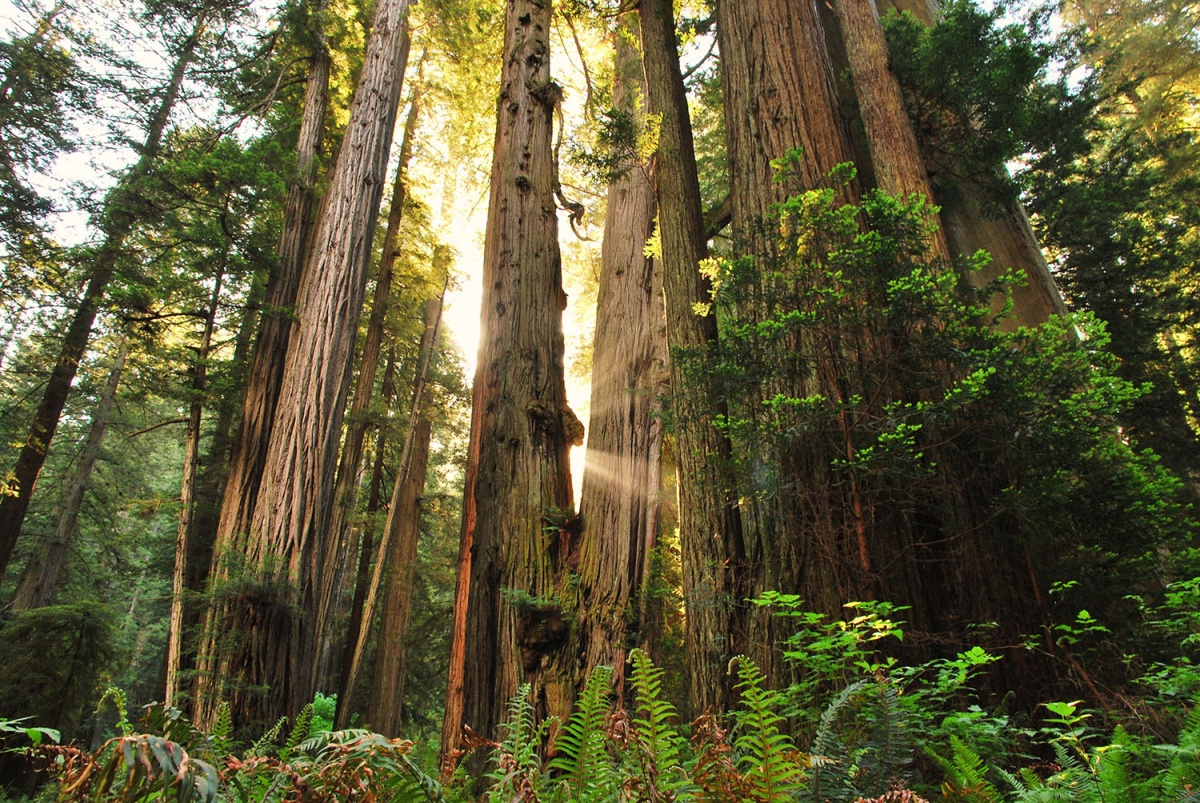
Travel
 When Bridges Collapse; the Value of New Perspectives on Climate Change Impact
When Bridges Collapse; the Value of New Perspectives on Climate Change Impact
The United States is considering a $1 trillion budget proposal to update infrastructure, including its crumbling bridges. An obstacle to spending the money wisely is that the current means of assessing bridges may underestimate their vulnerability. Case in point is a bridge along California's iconic Big Sur coast, which collapsed in March, isolating communities and costing local businesses millions of dollars. Although California's recent unprecedented rains were likely to damage infrastructure, standard risk assessments made it hard to identify which bridges were most vulnerable. more »
 A Walk in the Woods, A Tree Planted: Arbor Day, Remarkable Trees Found on Public Lands
A Walk in the Woods, A Tree Planted: Arbor Day, Remarkable Trees Found on Public Lands
The tradition of Arbor Day began in Nebraska in 1872. Raising awareness of the importance of trees, people continue to use the day to plant saplings and improve the health of forests. Trees help clean the air, provide habitat for wildlife, help conserve soil and water, and are the source of an entire industry that support jobs and the economy. Land management agencies like the Bureau of Land Management, the National Park Service, the US Fish and Wildlife Service, and the US Forest Service oversee hundreds of millions of acres of forests across the country. more »
 Julien de Wit On the Discovery of Seven Temperate, Nearby Worlds; Planets may harbor conditions suitable for sustaining liquid water — and thus life
Julien de Wit On the Discovery of Seven Temperate, Nearby Worlds; Planets may harbor conditions suitable for sustaining liquid water — and thus life
All of these planets are the best targets found so far to search for signs of life, and it is remarkable that they are all transiting the same star. This means that the system will allow us to study each planet in great depth, providing for the first time a rich perspective on a different planetary system than ours, and on planets around the smallest main sequence stars. Only 39 light years away from Earth! more »
A Sweet Valentine's Day Greeting
Do you visit public lands that charge entrance fees often? Consider purchasing a public lands pass. There are a number of pass options but they give you access to more than 2,000 national parks, forests, wildlife refuges, grasslands and other federal lands. Of the 400 + US national park sites, only 120 charge an entrance fee (which range from $3 to $30 per vehicle for an entire week). For the national wildlife system, 31 refuges charge admission (ranging from $3 to $8 per vehicle) to help fund their recreation-related projects. more »






